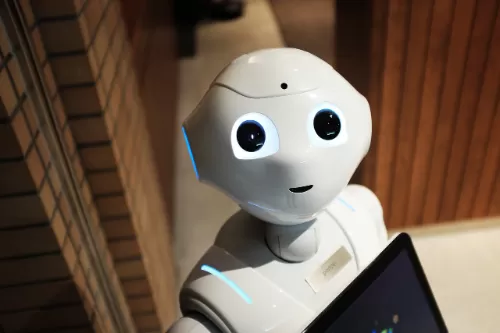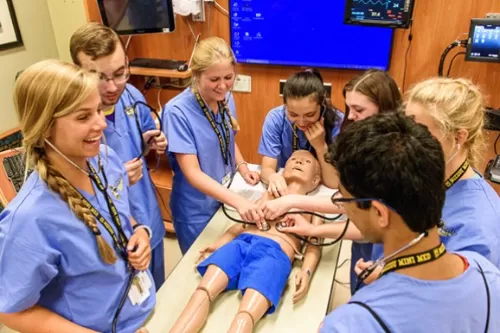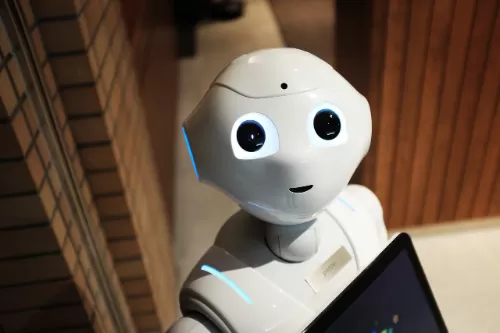Robots with Empathy Can Machines Really Understand Feelings

How Robots Detect Emotions
Although robots do not possess consciousness, they can be programmed to recognize emotional signals. Using cameras, they analyze facial expressions—a furrowed brow may be interpreted as “frustration,” while a smile might indicate “happiness.” Microphones help detect vocal changes; for instance, a trembling voice can suggest sadness. Some robots incorporate wearable sensors to monitor physiological responses, such as perspiration or elevated heart rate. These emotion-detection systems rely on large datasets of human behavior, training robots to associate sensory input with specific emotional categories. Yet this recognition remains entirely mechanical: when a robot detects tears, it doesn’t experience sadness—it simply initiates a predefined response, such as offering a tissue or delivering comforting words.
Why Emotional Robots Are Being Developed
The intention is not to build machines that feel emotions, but to create technology that better adapts to human needs. In healthcare, emotionally aware robots can modify their behavior—lowering their voice for distressed patients or encouraging medication adherence. In educational settings, tutoring robots might slow down or repeat information when students appear confused. Customer service bots apply sentiment analysis to identify frustrated users and refer them to human agents. By imitating empathy, robots are designed to enhance interactions in fields where human resources are limited. However, this ambition also invites ethical scrutiny: can programmed empathy truly substitute authentic human care?
The Risks of Confusing Code with Compassion
While robots can simulate empathetic behavior, they cannot genuinely share emotions. A robot might recite scripted condolences to comfort someone in grief, but it lacks the capacity for personal sorrow or insight. This illusion of empathy may cause people—especially vulnerable groups such as isolated elders or children—to overdepend on robots for emotional support. Critics caution that mistaking algorithmic responses for true understanding could undermine authentic human relationships, turning artificial interactions into a superficial fix for deeper social loneliness.
The Line Between Tool and Companion
Robots should be regarded as tools rather than companions. Their primary value lies in their reliability and efficiency—not emotional depth. For example, a therapeutic robot may be effective in reminding patients to take medication or practice calming exercises—tasks that benefit from consistency, not compassion. Nevertheless, developers should avoid overly human-like designs, which may mislead users into attributing human intentions or emotions to machines.
Conclusion
Although robots can simulate empathy using sensors and scripts, they remain advanced tools rather than conscious beings. Their capacity to detect emotions may improve outcomes in healthcare, education, and customer service, yet they lack the experience and mutual understanding essential to real human connection. The true potential of empathetic robots lies not in replacing compassion but in reinforcing it—allowing humans to devote more attention to meaningful, personal care. As these technologies become more integrated into daily life, it is vital to uphold one truth no machine can replicate: empathy’s power derives not from perfect responses, but from the imperfect, heartfelt humanity that only people can offer.

The Impact of AI on Business and Manufacturing: Transforming Industries with Innovation

Rolling back the clock on addiction treatment will cost even more lives

Solar Grants Make Home Systems Affordable

5 Creative Ways To Use Photo Prints Beyond The Frame For Home And Gifts

Top 5 CRM Software Trends Shaping Businesses in 2025

Every Homeowner Needs to Know:Duct Cleaning Services in 2025

Choosing the Right Medical Program in 2025

5 Essential Pharmaceutical Devices Every American Household Should Have

Robots with Empathy Can Machines Really Understand Feelings

5 Essential Dust Collection Systems Every Manufacturer Needs in 2025